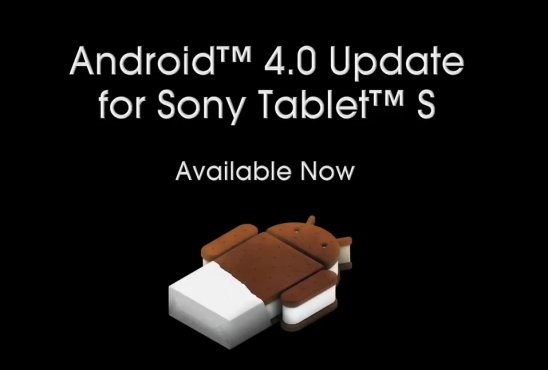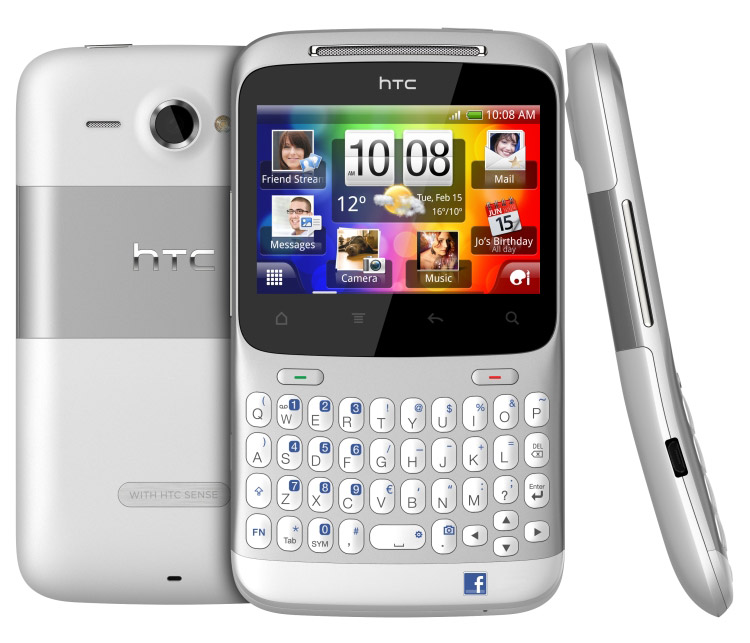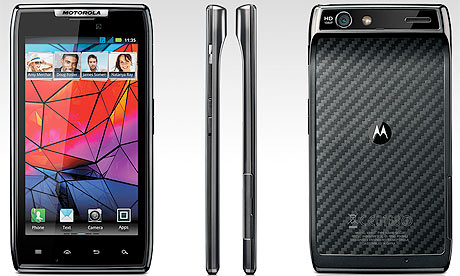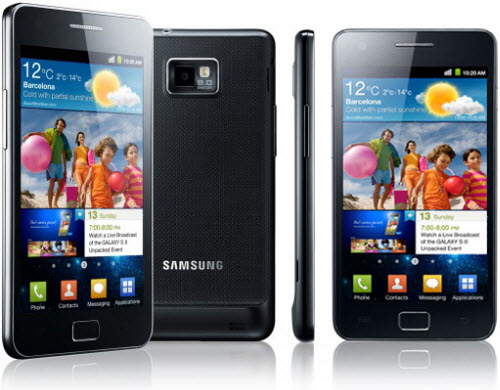The infamous hacking group Anonymous is allegedly planning to delete Facebook on Nov. 5, 2011. In a YouTube video, allegedly posted by Anonymous, the group announced that it will erase the social media giant to save the public from Facebook’s evil, privacy-stealing ways—though there have been conflicting reports of the group’s involvement, via an Anonymous spokesperson. Apparently, the hackers’ collective is just as uncertain as the rest of us if the attack will actually happen, because the hackers are (obviously) anonymous and don’t have an organized structure.
You may be experiencing mixed feelings upon hearing the news; here’s a little quiz that I got from Euro RSCG Social to help you understand what type of Facebook user you are, and what the possible SoMe-apocalypse might mean to you.
1. Which of the following best describes your relationship status with Facebook?
A. I have trouble remembering my Facebook password.
B. Facebook is a research tool; I like to know what my ex my friends are up to!
C. I update my status more than I eat. I also update my status when I eat.
D. I go on Facebook immediately when photos are uploaded—so I can untag them.
2. Setting your browser homepage to Facebook would be:
A. Silly
B. Convenient, but embarrassing
C. It is my homepage
D. Stressful
3. Your mother-in-law just joined Facebook. You respond:
A. “Whatever”
B. “Keep your enemies closer”
C. Status update
D. Two words: “Limited. Profile.”
4. Your profile picture is:
A. Ten years old
B. Taken at just the right angle
C. Changing every day
D. Taken with your cell phone while posing in front of a bathroom mirror
5. The majority of your photo albums are titled:
A. I don’t upload photos
B. “[Season] [Year]”
C. “Mobile Uploads”
D. “Parrtayy”
Points: 1-A, 2-B, 3-C and 4-D. Add your points and see below where you fall.
5-8: The Abominable Snowman. There have been a few rare sightings of you on Facebook. You’re most likely not a millennial. You may have created a Facebook account to spy on a son or daughter. If they scored 18+ on this quiz, then that was a good parenting move. The Facebook-alypse won’t have much of an effect on you, so sit back and enjoy the show!
9-13: The Hugh Hefner. Facebook is your little black book. You use it to keep tabs on persons of interest and to reach out to old buddies. The death of Facebook would mean picking up the phone and making a call every once in a while. Cringe.
14-18: The Ashton Kutcher. In your mind, everything and anything is worth sharing on Facebook. At least you’ll never have to pay for therapy! Facebook’s demise may seem like the end of the world to you, but relax. Chances are you’re an active member on other SoMe channels, so the rest of us will still be kept up to date on your life.
18-20: The Anthony Weiner. Facebook is a necessary tool for you, so you can keep an eye out for anything that would be best left off the internet. The Ashton Kutchers of Facebook are your worst nightmare. You may not realize it yet, but Anonymous is giving you a gift. Embrace it.
































